Latest News
Admission
Financial Aid
The Campus Experience
Set above the Caribbean sea, with the neighboring island of Nevis in the background, our basic science campus is both state-of-the-art and inspiring.
Students complete their Basic Science program at our state-of-the-art campus on the Caribbean Island of St. Kitts. During the first four semesters on St. Kitts, students find themselves in a model learning environment that sets the standard for modern medical education.
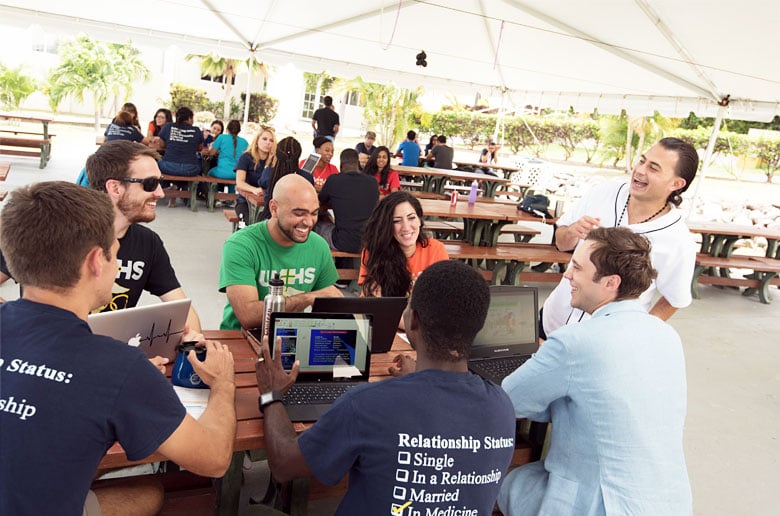
The Basic Science campus is modeled after the best US medical schools. We have spared no expense when it comes to creating a learning environment conducive to a world class medical education.
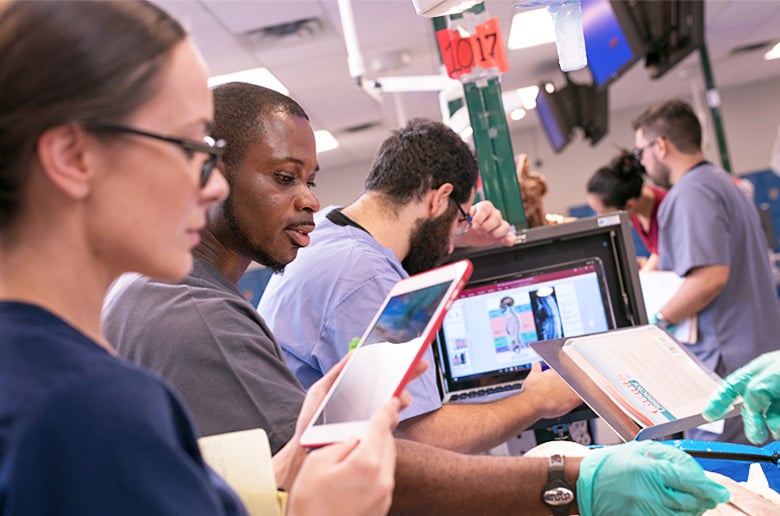
Even though you’ll be studying in the Caribbean, you’ll still be on the cutting edge of medical education. At every step we have invested in the latest in educational technology.
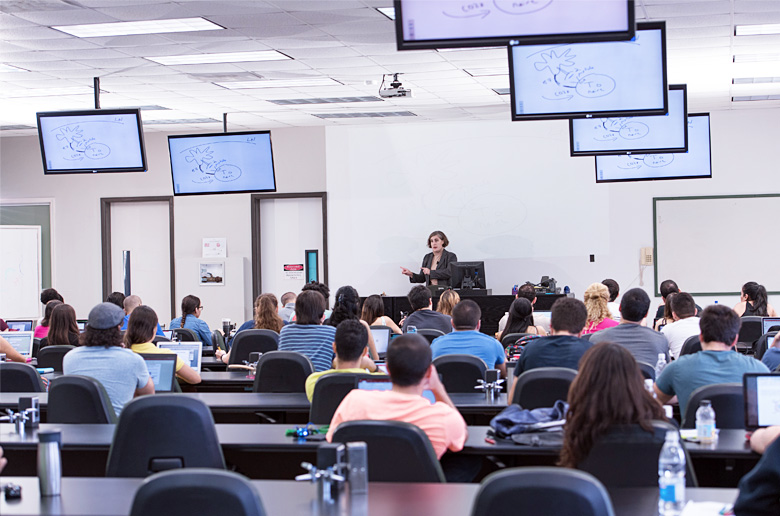
Our campus is fully equipped with large-screen HD monitors throughout, so you never have to worry about squinting to read the powerpoint again.
You will receive a high-quality medical education at a technologically advanced campus, in stunning surroundings, on the beautiful Island of St. Kitts
The St. Kitts campus boasts technological advances on the cutting edge of health care instruction. The wireless and networked campus is a key component to ensuring that students are well prepared to complete the educational program. Educational software and auto-tutorial learning is utilized and emphasized throughout the learning process.
All classrooms and laboratories feature the latest audio/visual equipment and offer wireless connectivity so students can access faculty presentations and class notes. During class, students typically annotate the faculty presentations and save them to their computers. Faculty also record their lectures and store them on the Learning Management System, which can be viewed at the students’ convenience. We believe that our classroom and IT technology has enhanced student performance, which correlates with better outcomes on the USMLE.
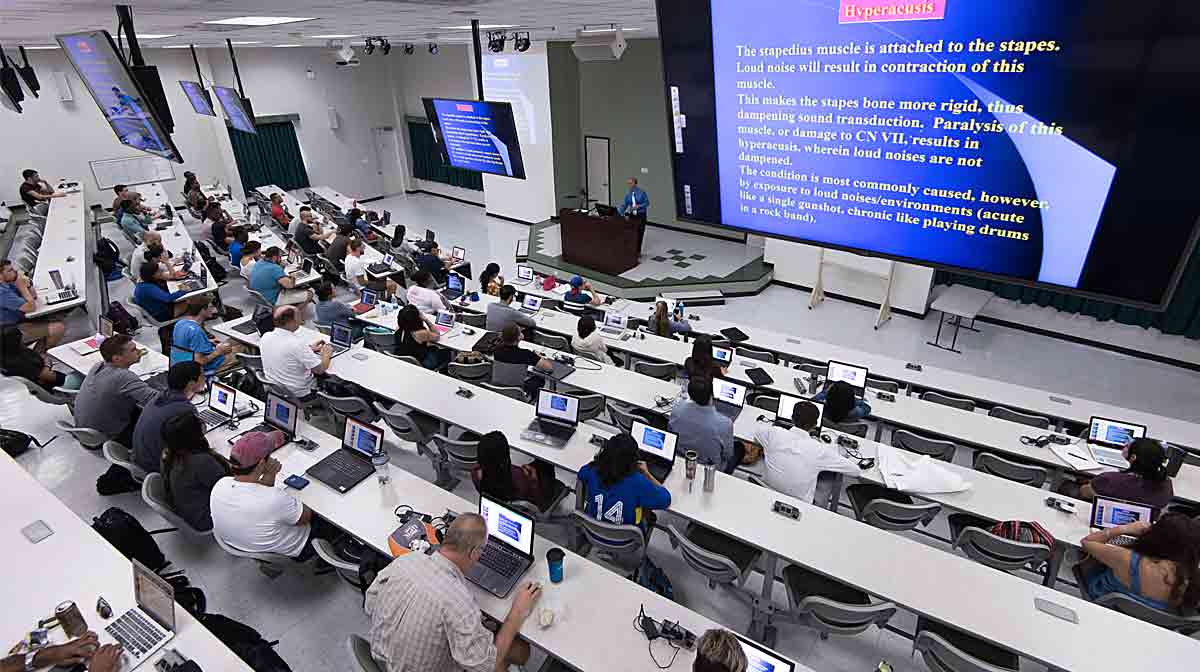
Histology, pathology, and many other courses take place in the innovative 210-seat auditorium, which is equipped with 56" LED monitors, high definition LCD projectors, an ELMO® presenter, Sympodium, and additional equipment designed to enhance the instructor’s presentations.
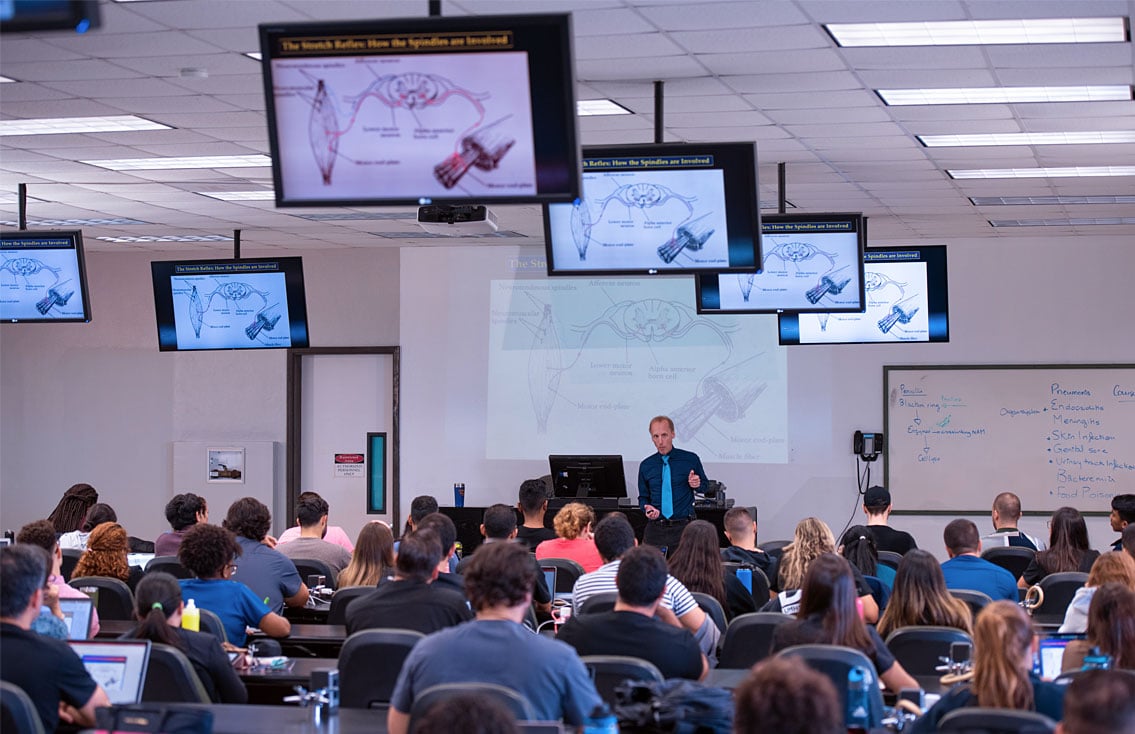
Two modern, 100-seat multi-purpose laboratories house cutting-edge technology, including audio-visual equipment, high-definition LCD monitors, ELMO® presenters, computers for presentations, and projection microscopes, as well as a significant collection of anatomical models. The projection microscopes enable faculty to present visually relevant microscopic and pathological images for viewing on monitors located throughout the laboratories.
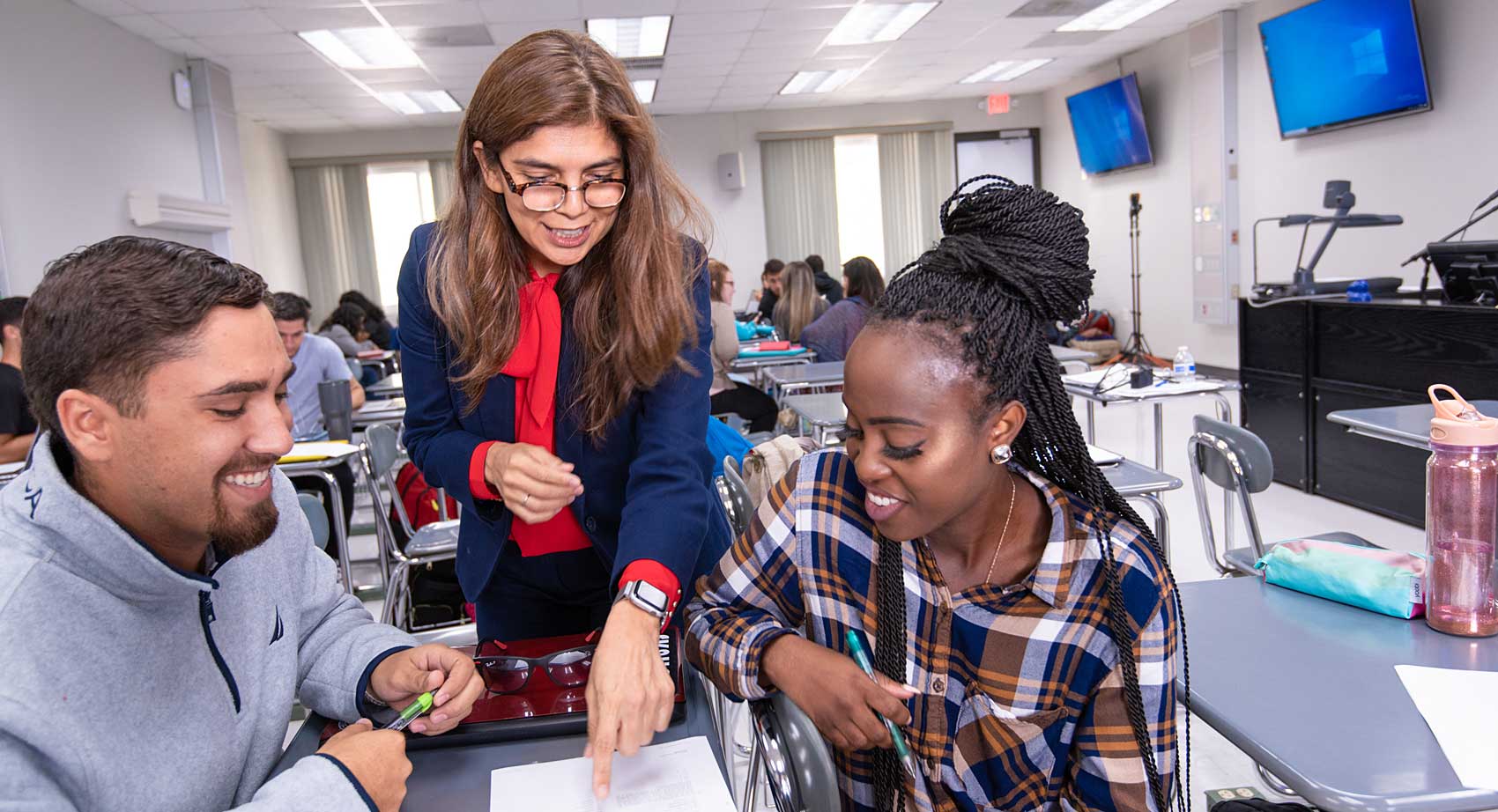
Our smaller classrooms are designed to offer students a more intimate and personalized educational experience. These classrooms are used for small group instruction, seminars, and group study, and they allow for closer interaction with faculty members.
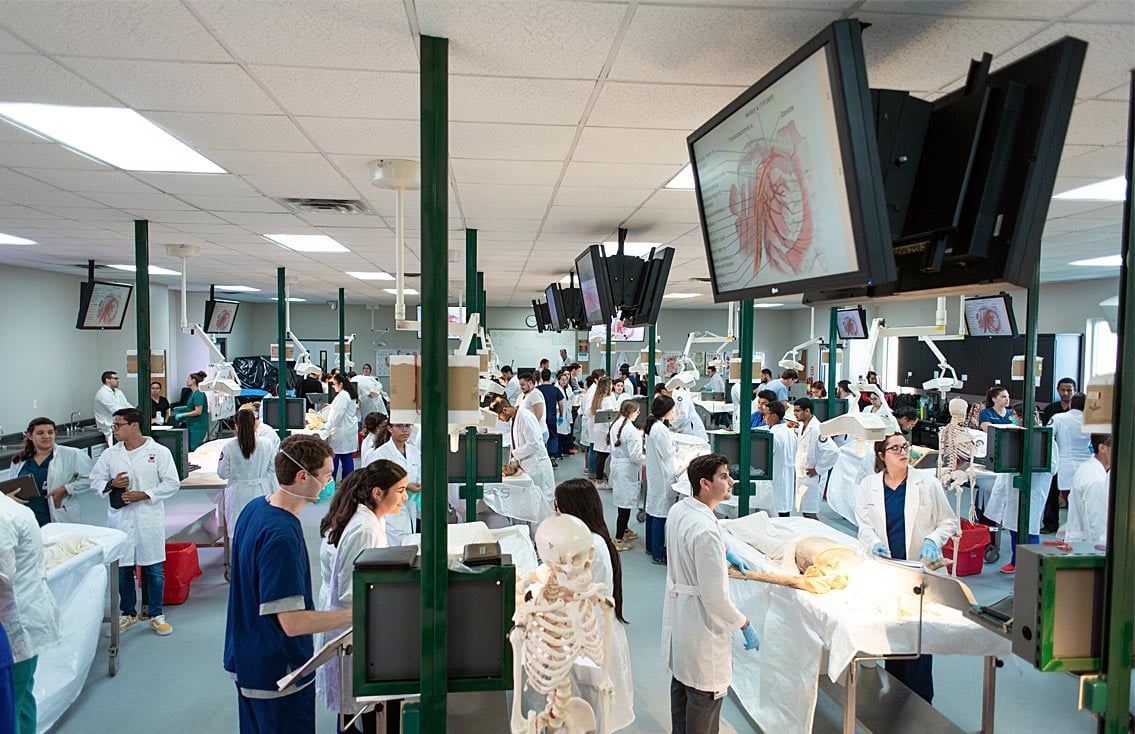
Our 11,000 square-foot anatomy building, equipped with state-of-the-art audio-visual equipment, is home to both the gross anatomy and neuroanatomy laboratories. The gross anatomy lab is furnished with approximately 20 dissection platforms. Students have a six-to-one cadaver ratio in gross anatomy and a four-to-one cadaver ratio in neuroanatomy.
During class, a prosected cadaver is utilized for demonstration purposes. A high-resolution camera captures the tiniest of details and projects out to the 55” LED monitors that are stationed at the end of each student’s cadaver work table.
Computers are located at the end of each cadaver table for students to access anatomical software reference material during lab sessions. As students are dissecting, they are able to view relevant information provided by the faculty in several formats, including PowerPoint slides and ELMO® presentations. There are also power poles placed at the end of each cadaver table for students who want to connect to our database of anatomical images on their laptops or tablets.
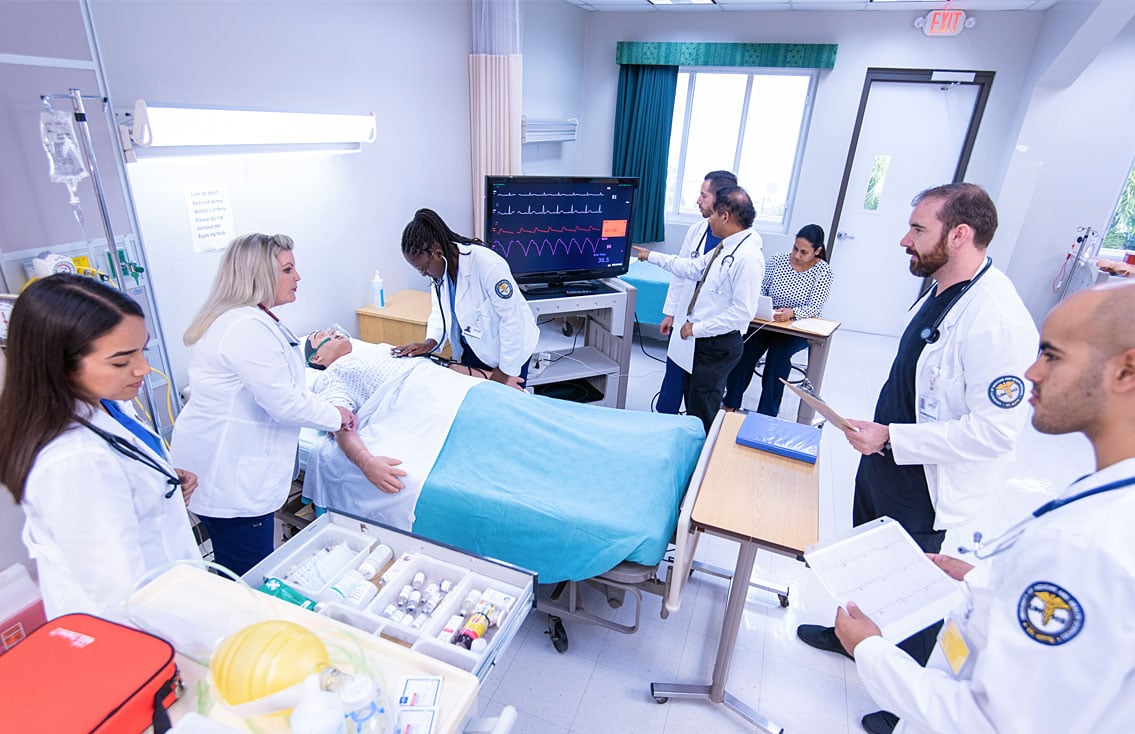
UMHS is a leader in the use of human simulation models for medical education. Human-computer simulation is an advanced capability that allows students to integrate clinical capabilities with basic science principles. Faculty members provide simulations that challenge and test students' clinical knowledge and decision-making skills. Students work in the Human Simulation Laboratories throughout the Basic Science Program.
Our Human Simulation Laboratories are designed with the functionality and appearance of a 24-bed hospital ward or clinic. We have a variety of high– and low-fidelity simulators, including iStan®—one of the most advanced, realistic, wireless human simulators available today. It can mimic jugular vein distention, bilateral chest movement, real breath, heart ,and bowel sounds, articulated motion, and much more.
Our most recent addition includes Harvey. Next Generation Harvey® - The Cardiopulmonary Patient Simulator realistically simulates nearly any cardiac disease at the touch of a button by varying blood pressure, pulses, heart sounds, murmurs and breath sounds.
We also recently acquired an ultra sound machine which is utilized in both ICM and anatomy.
The Anne Ross Library and Learning Resource Center (LRC) is designed to provide students with a peaceful atmosphere for quiet study. The library houses an impressive collection of multimedia, books, and journals in both hard copy and electronic formats. The library also has break-out study rooms with computers and audio-visual equipment for a variety of viewing and listening needs.
The wireless environment on campus extends throughout the facility, and all desks are laptop/tablet computer ready. The LRC is equipped with 60 computers for students to access educational programs, software, online databases, email, and other educational resources. The library and LRC staff are available to assist students with research and information retrieval, encouraging the ongoing development of information literacy skills.
Students may request research, reference, or equipment-use assistance. The main portal to the library’s catalogue, databases, and information tool kits, as well as our other resources and services, can be found on the Anne Ross Library Home Page. We also invite you to tour the Anne Ross Library Blog, run by UMHS' librarian Ann Celestine, providing a wealth of key information of interest to medical students.
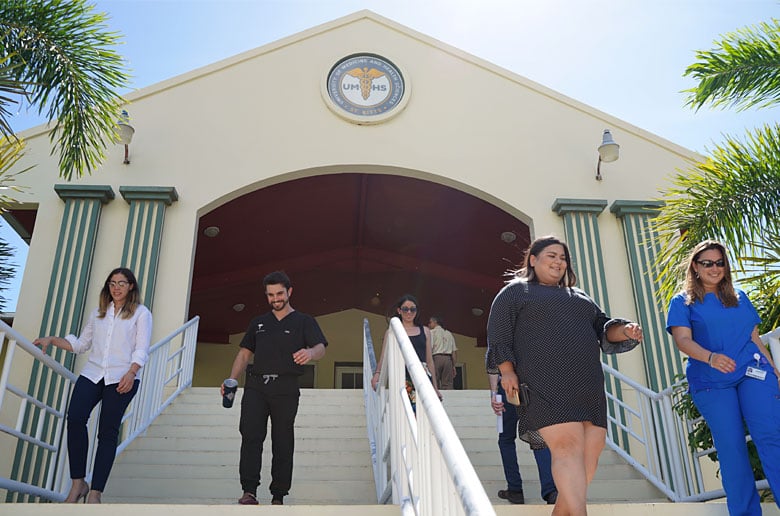
Our admissions department can work with you to schedule a visit and tour of our St. Kitts campus. We offer a tuition credit to offset the expenses of traveling to the island.
The library holdings include an impressive collection of books, ebooks, journals, web-based instructional programs, question banks, and licensed resource databases.
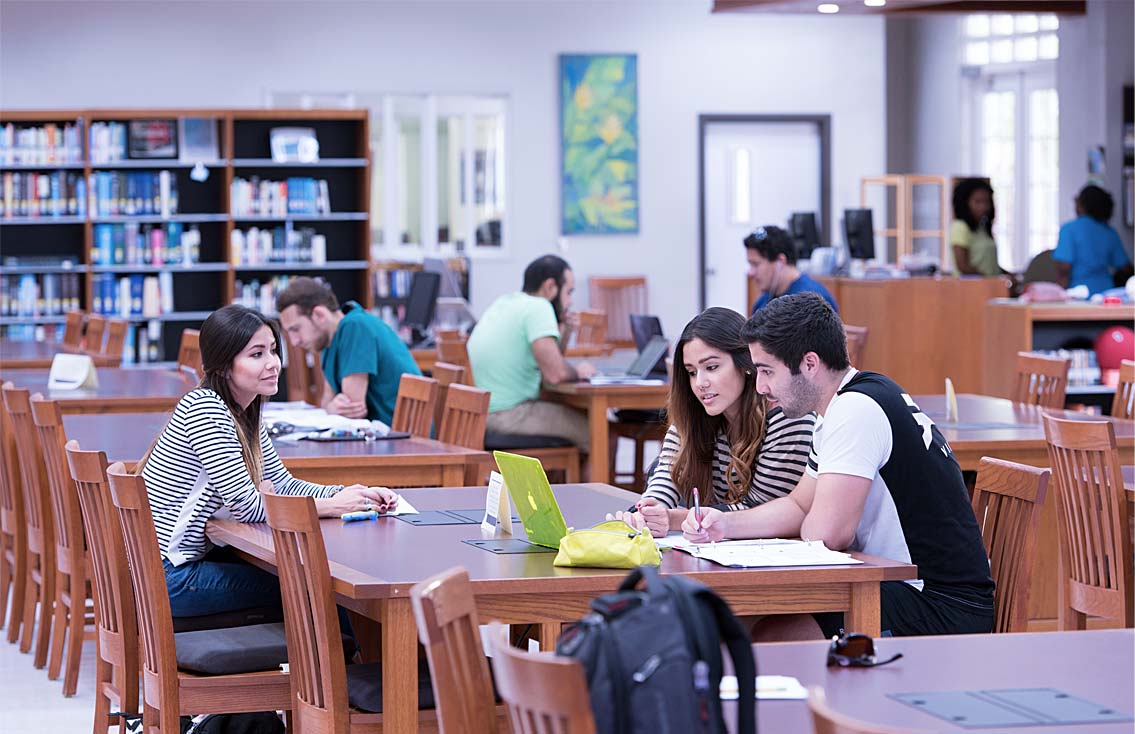
Medical mission trip
Guatamala
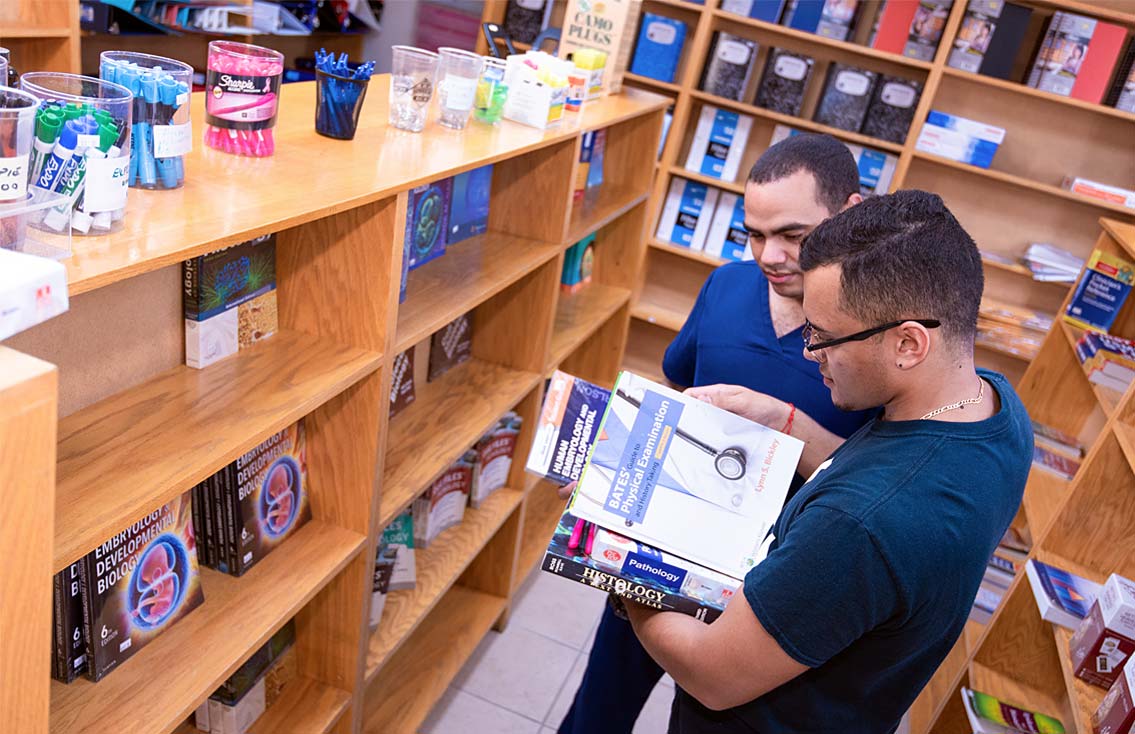
The bookstore carries textbooks, diagnostic and surgical tools, and other student supplies and essentials. It is opened throughout the day and on weekends.
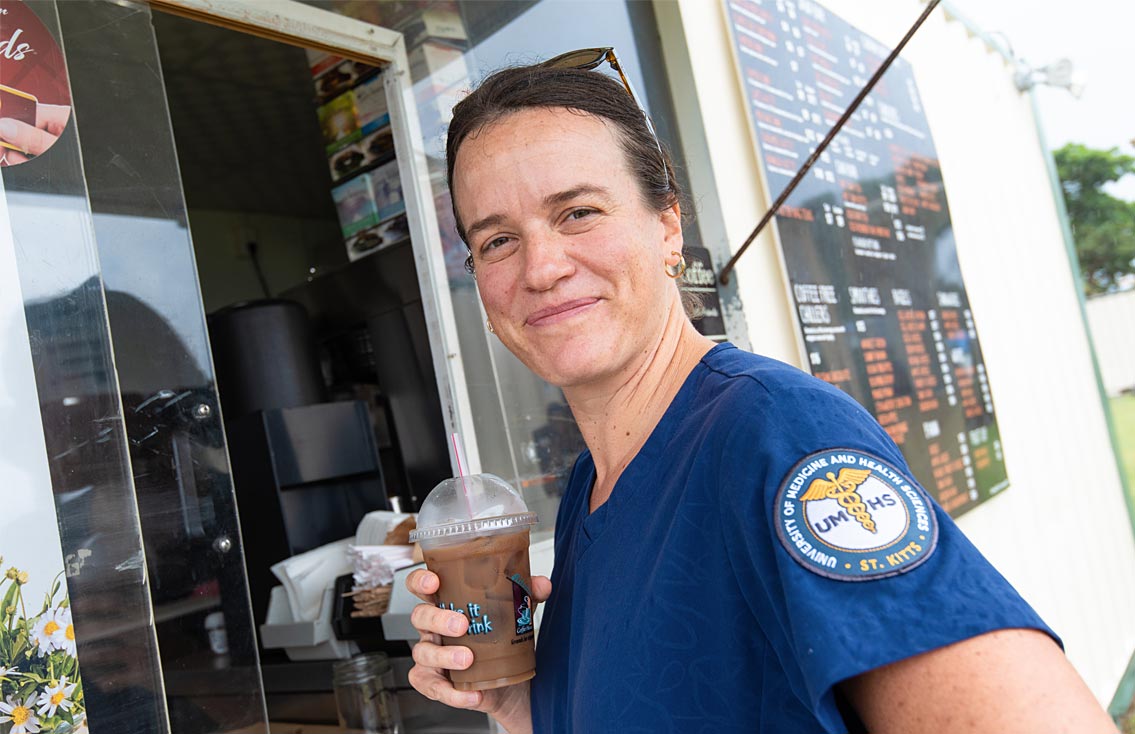
The café is open throughout the day for a varied selection of meals, sandwiches, beverages, barbeque, and snacks. We also have on-site local food vendors offering a wide range of options throughout the day, including a diverse variety of cuisines. We also included a local coffee shop, that provides an outstanding variety of coffees, smoothies and health drinks.
Our advanced computer and communications network is managed by the Information and Technology Services (ITS) Department. This team supports the University’s hardware, software, peripherals, shared database systems, and multimedia equipment.
ITS Department staff members are professionally trained, experienced, and dedicated to providing responsive support. They provide all students with access to the WiFi network and their UMHS email accounts.
Thanks to our fully wireless campus, students can access class notes and the LMS from anywhere.
Read more